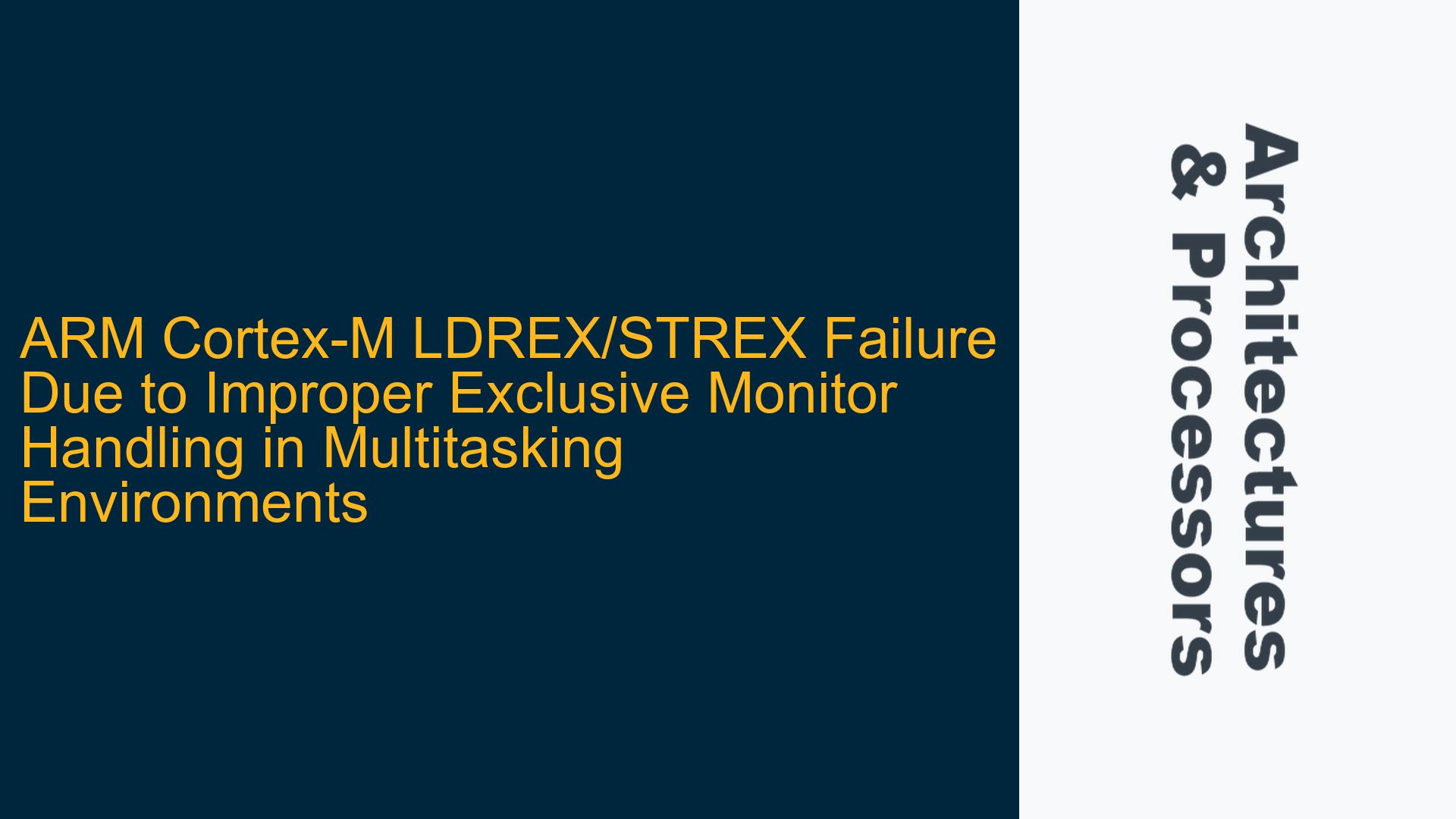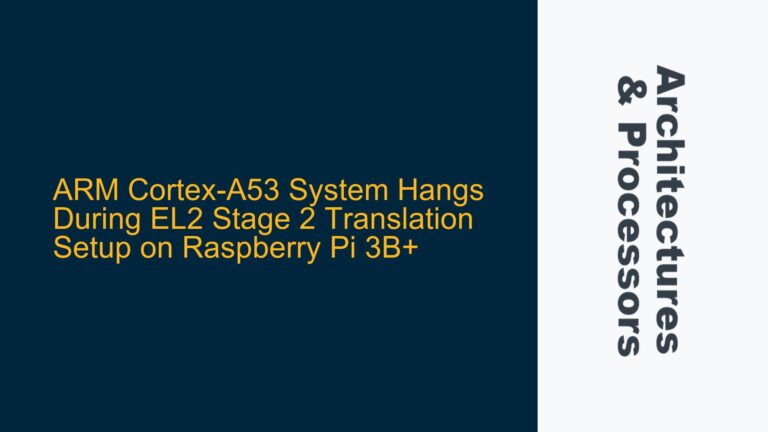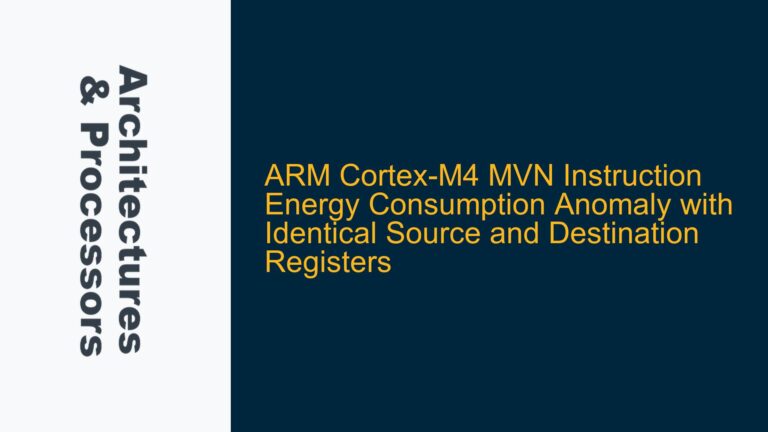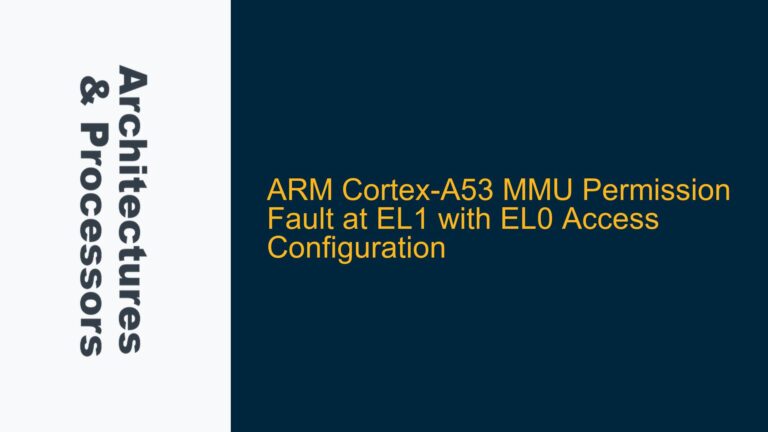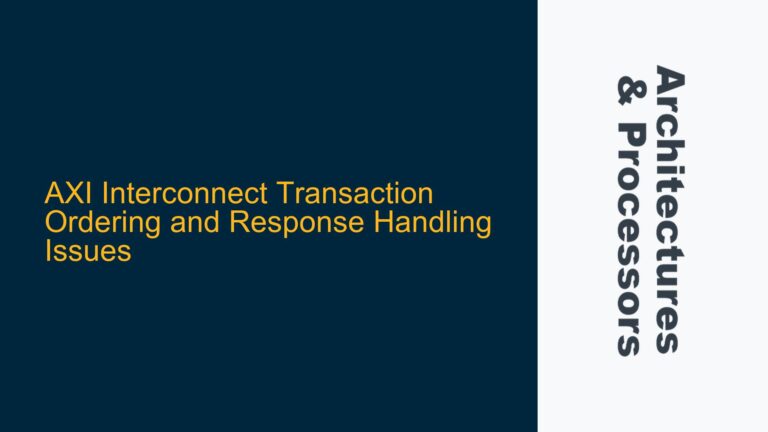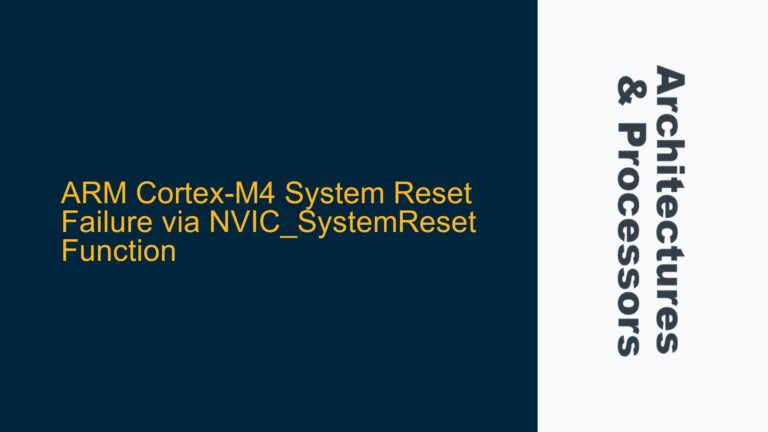Exclusive Access Failures in Multitasking Scenarios with LDREX/STREX
The ARM architecture provides a mechanism for atomic operations through the use of Load-Exclusive (LDREX) and Store-Exclusive (STREX) instructions. These instructions are designed to facilitate synchronization in multiprocessing or multitasking environments by allowing a processor to attempt an atomic read-modify-write operation. However, the proper functioning of LDREX and STREX relies heavily on the state of the exclusive monitor, a hardware mechanism that tracks exclusive access to memory locations. When multiple tasks or threads are involved, improper handling of the exclusive monitor can lead to unexpected behavior, such as failed atomic operations or incorrect memory updates.
In the scenario described, three tasks (A, B, and C) are attempting to perform atomic operations on a shared memory location using LDREX and STREX. Task A begins by executing LDREX, which loads the value from the memory location into a register and sets the local exclusive monitor to the "Exclusive Access State." Before Task A can complete its operation, it is preempted by Task B. Task B successfully executes LDREX, modifies the value, and stores it back using STREX, transitioning the exclusive monitor to the "Open Access State." Task C then executes LDREX, setting the exclusive monitor back to the "Exclusive Access State," but is preempted before it can complete its operation. When Task A resumes, it proceeds to execute its STREX instruction, which unexpectedly succeeds, even though the memory location has been modified by Task B.
This behavior raises questions about the integrity of the LDREX/STREX mechanism in multitasking environments. Specifically, it suggests that the exclusive monitor may not be properly cleared or managed during task switches, leading to potential race conditions or incorrect memory updates. Understanding the root cause of this issue requires a detailed examination of the exclusive monitor’s behavior, the role of the task switcher, and the interactions between multiple tasks accessing shared memory.
Improper Exclusive Monitor State Management During Task Switching
The core issue in this scenario stems from the improper management of the exclusive monitor during task switching. The exclusive monitor is a hardware mechanism that tracks whether a processor has exclusive access to a memory location. When a task executes LDREX, the exclusive monitor is set to the "Exclusive Access State," indicating that the task has exclusive access to the memory location. If another task modifies the memory location before the original task executes STREX, the exclusive monitor should transition to the "Open Access State," causing the STREX operation to fail.
However, in the described scenario, the exclusive monitor is not properly cleared or reset during task switches. When Task A is preempted by Task B, the exclusive monitor remains in the "Exclusive Access State," allowing Task B to successfully execute its STREX operation. Similarly, when Task C is preempted by Task A, the exclusive monitor is not reset, allowing Task A to successfully execute its STREX operation even though the memory location has been modified by Task B.
This behavior indicates that the task switcher, which is responsible for saving and restoring the state of tasks during context switches, is not properly handling the exclusive monitor. According to the ARM architecture, the exclusive monitor should be cleared during a task switch to ensure that no task retains exclusive access to a memory location after being preempted. Failure to do so can lead to incorrect behavior, as demonstrated in this scenario.
Additionally, the code provided in the scenario does not include a check for the success or failure of the STREX operation. The STREX instruction returns a status value in a register (r2 in this case), which indicates whether the store operation was successful (0) or failed (1). If the STREX operation fails, the task should retry the entire read-modify-write sequence by branching back to the LDREX instruction. The absence of this check in the code further exacerbates the issue, as it allows the task to proceed with an incorrect memory update.
Implementing Proper Exclusive Monitor Management and STREX Result Checking
To address the issue of improper exclusive monitor management and ensure correct behavior of LDREX/STREX operations in multitasking environments, the following steps should be taken:
-
Ensure Proper Clearing of the Exclusive Monitor During Task Switches: The task switcher must clear the exclusive monitor during context switches to prevent tasks from retaining exclusive access to memory locations after being preempted. This can be achieved by adding the necessary instructions to the task switcher code to reset the exclusive monitor to the "Open Access State" before switching to a new task. This ensures that each task starts with a clean slate and does not inherit the exclusive access state of the previous task.
-
Add STREX Result Checking and Retry Logic: The code performing LDREX/STREX operations must include a check for the result of the STREX instruction. If the STREX operation fails (indicated by a non-zero value in the result register), the task should retry the entire read-modify-write sequence by branching back to the LDREX instruction. This ensures that the task does not proceed with an incorrect memory update and maintains the atomicity of the operation.
-
Use Memory Barriers to Ensure Proper Ordering of Memory Operations: In some cases, the use of memory barriers may be necessary to ensure that memory operations are performed in the correct order. Memory barriers prevent the processor from reordering memory accesses, which can be critical in ensuring the correct behavior of LDREX/STREX operations. The Data Synchronization Barrier (DSB) and Data Memory Barrier (DMB) instructions can be used to enforce the necessary ordering constraints.
-
Consider Using Higher-Level Synchronization Primitives: While LDREX/STREX provides a low-level mechanism for atomic operations, higher-level synchronization primitives such as mutexes or semaphores may be more appropriate in many cases. These primitives abstract away the complexities of managing the exclusive monitor and provide a more straightforward interface for synchronization. If the application allows, consider using these higher-level primitives instead of directly using LDREX/STREX.
-
Test and Validate the Implementation: After implementing the above changes, it is crucial to thoroughly test and validate the behavior of the system. This includes testing the task switcher to ensure that the exclusive monitor is properly cleared during context switches, as well as testing the LDREX/STREX operations to ensure that they behave correctly in the presence of multiple tasks. Stress testing the system with multiple tasks accessing shared memory locations can help identify any remaining issues.
By following these steps, the issues related to improper exclusive monitor management and incorrect behavior of LDREX/STREX operations in multitasking environments can be effectively addressed. Proper handling of the exclusive monitor, combined with appropriate result checking and retry logic, ensures that atomic operations are performed correctly and that the integrity of shared memory is maintained.
